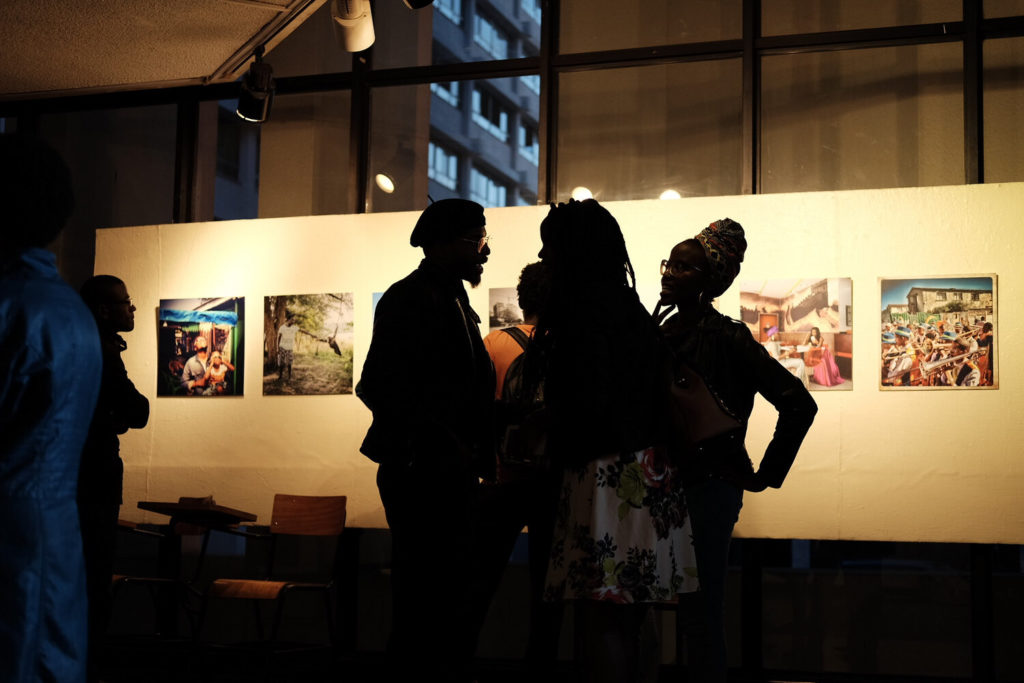The curation of the class exhibition will depend largely on how much space you have for the show.
If there’s enough room, it would be ideal to show each student’s entire project. If this is possible, the students need to think about the curation in terms of ordering each individual project — is there a natural flow of projects that makes the most sense? Should certain projects be grouped with others?
If space is too tight to show all of each student’s project — or if the class decides it doesn’t want to show the photographs grouped in this way — the curation is trickier. The students will need to work together to figure out how much wall space there is, and then calculate how many of each student’s photographs can be selected. Then it’s a matter of deciding on a theme for the exhibition and what the flow of photographs should be. Some elements to keep in mind while making these decisions:
Photos can be grouped by overall theme or groups of themes. Some examples could be music, sports, or other school-related themes, or things like outdoors activities, local history, or other community-related themes.
Photos can also be grouped by similarities in color, photos of buildings and of natural landscapes and of people, etc.
You should keep the space in mind while you are planning your exhibition. How many walls are there, and how many prints will fit on each wall?
If there is space in your exhibition, one way to display more photos is to set up a looping slideshow on a computer screen or projection. Perhaps you can show each student’s entire project this way – one or more photos each printed and hung on the wall, and the rest projected in a slideshow.
Refer back to the video on selecting/curating photos if necessary. (This video should automatically start play at 5:58, a section on Photo Editing – if not, you can click straight to that part.)
Another helpful resource for both you and your students may be these two Pulitzer Center blog posts: Everyday DC: The 2nd Annual Photography Exhibition, which describes the process of working with many schools in the DC area to curate a gallery exhibition, and Virtual Gallery: The Fourth Annual Everyday DC Exhibit, which details the different themes that students chose for their exhibition as they curated.
Above all else, remind students to keep their community in mind when curating their exhibition. The goal of creating an Everyday project is to tell true stories from the community and the people living there, and in doing so, to defy any stereotypes that the outside world may have of that city or town, or any stereotypes that people may have of each other. Students should create an exhibition that they can be proud of, and that their families, school, and wider community can be proud of as well.



